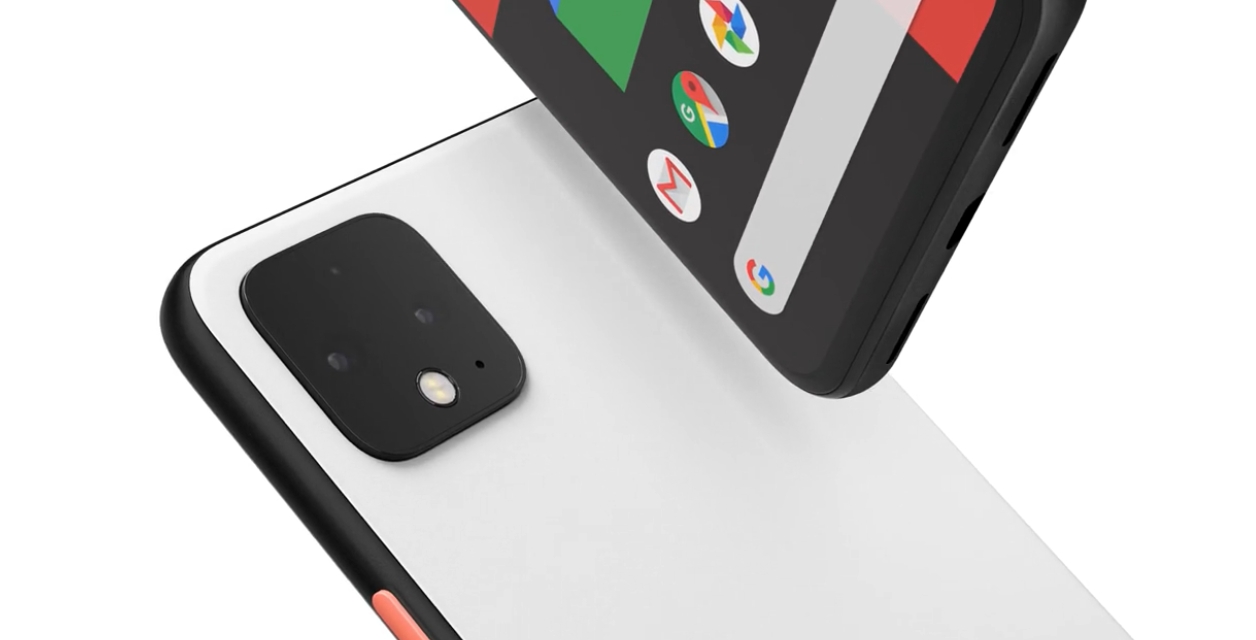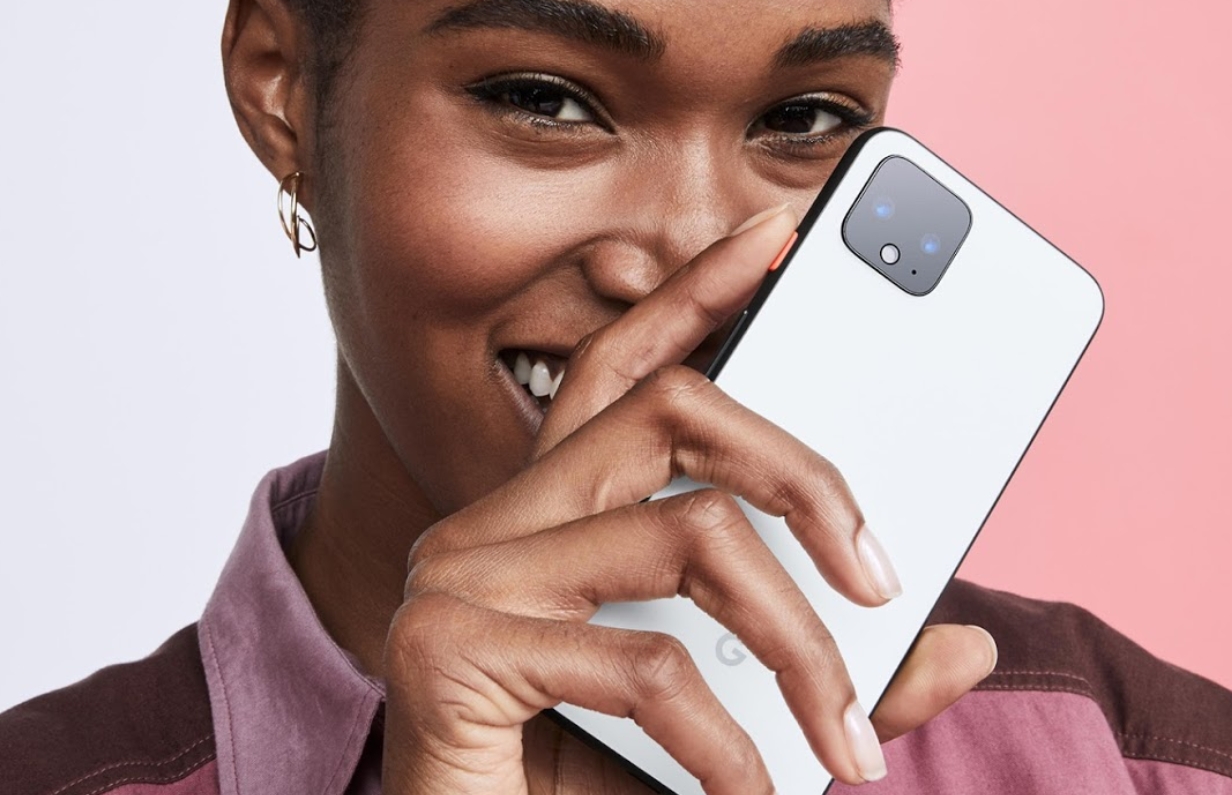The Google Pixel 4 isn’t everyone’s cup of tea, with major gripes coming from certain users over the removal of unlimited photo storage—previously a major strength for the Pixel series. But something else that’s considered to be a major flaw to the Pixel 4 is its 2,800mAh battery (the Pixel 3 had 2,915mAh), and prices start at a steep US$799 (about RM3,344).
Now, reports are suggesting that the problem is exacerbated by the fact that the Pixel 4 is a finnicky customer when it comes to charging with certain USB cables. 3rd party cables—but only certain ones—don’t seem to charge the Pixel 3 at all. The folks over at Android Authority have done the dirty work and tested a number of different cables from different brands, to find out what works with the Pixel 4, and what doesn’t.
Goodbye, legacy cables
It seems that the majority of issues pertain to legacy cables: USB-A to USB-C cables. While Pixel phones work on the USB Power Delivery (PD) protocol, the Pixel 4 should still function fine with other protocols—albeit with different results in terms of speed.
USB-C to USB-C cables aren’t the issue, even with 3rd party USB-PD products. However, a combination of certain cables and ports that support Quick Charge and USB BC 1.2 power banks don’t charge the Pixel 4 via USB-A to USB-C—at all.
This also applies to USB-A ports on many laptops and desktop PCs. However, based on their tests, only certain cables don’t work, including older Huawei 5A cables.

To add on to that, the Pixel 4 also doesn’t work with certain USB-C to 3.5mm dongles. Again, there doesn’t seem to be a concrete line of reasoning behind this, but the report suggests that adaptors from Huawei and OnePlus don’t work with Google’s flagship.
Google should have its own version of MFI
We haven’t heard from Google yet, but it seems that the Pixel 4 could be incompatible with some of these cables due to the issue with USB-A to USB-C legacy cables.
Previously, issues with USB-A to USB-C cables have been discussed—largely due to the work and research of a Google engineer named Benson Leung. He found that cables without a 56K ohm resistor can cause damage to certain ports.
Perhaps Google is playing it safe with the Pixel 4, then. The fact that the phone doesn’t even charge at all with certain cables seemingly points to a safeguard mechanism in the Pixel 4.

But it doesn’t help that there is so much confusion over the matter. Apple has done something similar, but they’ve placed it under the MFI banner—“Made for iPhone/iPad/iPod”.
When introduced, many in the tech community felt that Apple was rationalising yet another income stream in accessories, but it certainly seems like a preferable alternative than having to test every cable in your home with your brand new Google Pixel 4.
[ SOURCE ]






